North Korean Food Dishes: Basic Overview
Common Ingredients
Common Cooking Methods
Courses
Meals
Key Taste
Eating Etiquette
Meal Presentation
Culinary Festivals
Influence and Fusion
Popular Types of North Korean Dishes
-
Rice Dishes
In North Korean cuisine, rice is a staple food, often served as the base of meals, combined with a variety of vegetables, meats, and seasonings.
-
Noodle Soup
Noodle soups in North Korea are characterized by their rich, savory broths and the use of unique, locally produced noodles.
North Korean dishes are distinct, shaped by the country’s socio-political landscape. It shares some dishes with South Korea but is marked by differences in flavor and availability.
Staples include rice, kimchi, and traditional dishes like bulgogi and noodles, with soju as a popular spirit. North Korean food tends to be less spicy than its southern counterpart, featuring a unique tanginess from a blend of sweet, sour, pungent, and spicy flavors.
Dining out in North Korea is largely inaccessible to the average citizen due to high prices, with restaurants catering mainly to government officials, tourists, and the affluent donju class.
Street food exists, including in the capital, Pyongyang. The country also has a culture of alcohol consumption, with homemade and imported beverages being popular despite regulations.
Get to know more about the food in North Korea, especially the differences of these specialties when compared with South Korea. Also, you can uncover some drink options to have with these foods.
13 Popular North Korean Dishes
To delve into the unique flavors of North Korean cuisine, don’t miss out on the useful filter that sorts these dishes alphabetically, by taste profiles, main ingredients, cooking methods, types of dishes, and their international popularity.
Furthermore, I advise exploring different categories of North Korean dishes, such as the most beloved choices, traditional, street food, and fusion selections.
Bibimbap
- Traditional
Bibimbap is a celebrated North and South Korean dish, voted by CNN Travel’s readers in 2011 as one of the world’s 50 most delicious foods. Known for its “mixed rice” essence, both South and North Korean versions have a great balance of flavor.
Its preparation makes use of local vegetables, sautéed and served atop rice with kimchi, gochujang (Korean chili paste), or doenjang. Essential to the dish are an egg and some slices of meat, which can be added either cooked or raw for added freshness.
The dish’s charm includes scraping up those crispy rice bits from the sides. In Pyongyang, North Korea, the region is especially popular with its vegetable bibimbap.
Dububap
- Street Food
Dudubap, also referred to as tububap, is a quintessential North Korean dish cherished by local families featuring fried tofu as the main ingredient. The dish’s name means “tofu rice” referring to the elements involved in making dudubap.
Traditionally served as a hearty Korean breakfast, dudubap requires enveloping or stuffing fried tofu slices with rice, often accompanied by a spicy sauce to accentuate the tofu’s crispy and rich texture. It pairs excellently with salads or boiled vegetables.
Pyongyang Onban
- Traditional
Pyongyang onban is a rice dish hailing from North Korea’s capital, reputedly invented by a housewife under the pressure of preparing a quick meal from available leftovers for her imprisoned husband.
This dish has become a staple for significant North Korean celebrations and holidays. It primarily features steamed rice, shredded chicken, and dried mushrooms.
Furthermore, the rice specialty is generously drizzled with chicken broth and garnished with slices of hard-boiled eggs and a green bean pancake.
Injo Gogi Bap
- Fusion
- Traditional
Injo gogi bap is a dish that emerged in the 1990s, a creative response to the acute famine in North Korea. With a name translated to “artificial meat”, the dish is all about wrapping a slice of soybean paste around kimchi-mixed boiled rice and dipping it in a sweet and spicy chili sauce.
Thanks to the combination of ingredients, injo gogi bap are valued for its meat-like texture.
Sungeo-guk
- Traditional
Sungeo-guk is a distinguished North Korean soup primarily served as a dinner delicacy. This special gray mullet soup draws its fame from the gray mullet found abundantly in the Taedong River, which meanders through Pyongyang to Korea Bay.
The local gray mullet is renowned for its exceptional taste. Prepared by cleaning and gutting the fish, then seasoning it with black pepper, the soup is further enriched with herbs and spices before steaming.
While sungeo-guk is a year-round favorite, it’s best enjoyed outside of summer when the fish’s quality peaks. Interestingly, asking about the sungeo-guk experience is a common greeting for those returning from Pyongyang.
Mul Naengmyeon
- Traditional
Mul naengmyeon is a Pyongyang-style of naengmyeon cold noodle. In essence, it is a beef or chicken, pheasant noodle soup, possibly with the addition of dongchimi (a type of cold kimchi) broth.
While rice is the staple food in North Korea, the chewy noodles for this traditional North Korean dish are always made from buckwheat. Although many people refer to mul naengmyeon as a “cold noodle”, it can be enjoyed both hot and cold.
North Koreans usually eat it with hard-cooked eggs, sliced cucumbers, and especially sugar. Sweetening the noodle soup with sugar garnish is a way of serving unique to the North.
Hoe Naengmyeon
- Traditional
Hoe naengmyeon is a unique variation of the classic naengmyeon noodle, originating from Hamhung, North Korea’s second-largest city. This version features raw marinated fish, including the nutty-flavored skate, similar to stingray.
The skate’s flesh is separated from the cartilage, marinated in vinegar, and then combined with noodles, dried squid, cucumbers, and sliced hard-boiled eggs, among other ingredients. Unlike traditional naengmyeon, which uses buckwheat for noodles, hoe naengmyeon opts for potato or sweet potato starch, resulting in a chewier and silkier texture.
Additionally, the Hamhung specialty stands out for its spicier taste, often served with gochujang (red chili paste).
North Korean Kimchi
- Traditional
North Korean kimchi is a salted and fermented cabbage dish from North and South Korea. Essential to North Korean cuisine, these cabbages go with a wide array of dishes, especially marinated meats, providing a salty and spicy taste.
While kimchi is celebrated in both Koreas as a national dish. However, the North Korean version distinguishes itself by being lighter in color, less spicy, yet tangier than its Southern counterpart.
Pansangi
- Traditional
Pansangi is a distinctive dining experience rather than a single dish in Kaesong, North Korea. This traditional Korean meal involves an array of dishes such as meat, egg, tofu, and kimchi, each served in small bronze bowls.
Accompanied by ample rice, soup, and Korean liquor, pansangi offers a holistic taste of Korean cuisine. The use of bronze bowls harks back to practices from the Goryeo Dynasty, with the number of bowls (typically between 9 to 12) signifying the guest’s status, the more bowls, the higher the esteem.
Ox Trotter Aspic
- Traditional
Ox trotter aspic is a savory jelly dish, distinctive in North Korea for featuring ox parts, particularly trotters, tails, and tendons, as its main ingredients.
This delicacy is crafted by slowly simmering these components over a low fire for several hours, a crucial step that yields a soft, transparent texture by extracting gelatin from the meat to form a thick broth.
Vegetables such as mushrooms, leeks, and peppers are often added to the broth to enhance its flavor. Once cooked, the mixture is cooled to set into a gelatinous form, creating a rich aspic that is traditionally served with horseradish or mustard.
Bindaetteok
- Street Food
Bindaetteok is a traditional North Korean pancake, deeply rooted in the culinary heritage of the former Pyongan Province. This savory pancake is made using mung beans, fermented cabbage, and pork, fried to achieve a hot, greasy texture.
The population in North Korea enjoys bindaetteok with soy sauce, offering a nutritious complement to local beer or the traditional liquor soju.
Mandu
- Traditional
Mandu is a dumpling that plays an important part in both North and South Korea. They are dumplings cooked in different styles, such as boiling, steaming, pan- or deep-frying.
There are different Mandu varieties as well. But the most famous one in North Korea is Pyongyang mandu. The locals usually enjoy it on special occasions, such as celebrating New Year.
Hotpot
- Street Food
Hotpot is a comfort food in North Korea that combines sticky noodles, succulent meats, tender tofu, and a vibrant selection of rare vegetables. Available at any hotpot restaurant in Pyongyang, the dish is easily customized, adjusting the broth’s seasoning with salt, pepper, and chili to achieve the perfect taste profile.
What Is the Difference Between North and South Korean Cuisine?
Despite their shared roots, the cuisines of North and South Korea have evolved differently, thanks in part to the broader Korean diaspora and varying regional influences.
North Korean cuisine is often praised for its freshness and authenticity. On the other hand, South Korean food has been influenced by global culinary trends, including American flavors, lending it a contemporary flair.
The exchange between North and South Korean cultures has led to a fascinating interplay of flavors and dishes.
For example, following the Korean War, families migrating from North to South Korea brought with them treasured recipes that soon became integral to the South Korean diet.
However, it’s important to note that despite this blending of culinary traditions, there are notable differences in the flavors and compositions of certain dishes.
North Korean dishes often exhibit a unique tanginess, achieved through the artful combination of sweet, sour, pungent, and spicy ingredients. In contrast, South Korean preparations may be spicier and less varied in composition, showcasing the nation’s love for heat and bold flavors.
In essence, the cuisines of North and South Korea may be “same same, but different”.
North Korean Cuisine
South Korean Cuisine
While they both spring from the same culinary family tree, each has blossomed into its distinct and delicious flavor profile, giving food lovers an opportunity to explore and appreciate the nuances of the cuisine. It’s time to uncover the refreshment options to have with these dishes.
What Beverages to Pair with North Korean Dishes?
When pairing beverages with North Korean dishes, consider the following options to complement the unique flavors of the cuisine:
If you like these specialties, feel free to share them with your friends and loved ones. Please feel free to leave your thoughts and opinions in the comment section.


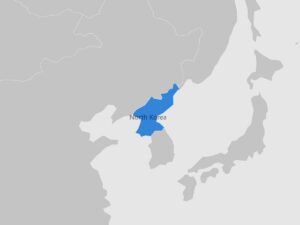

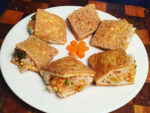
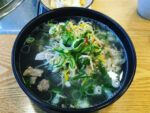
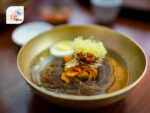
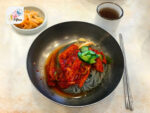
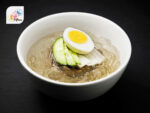
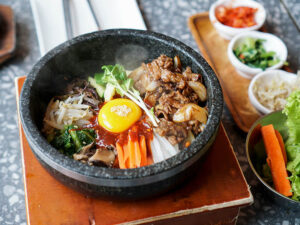
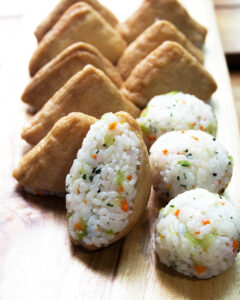
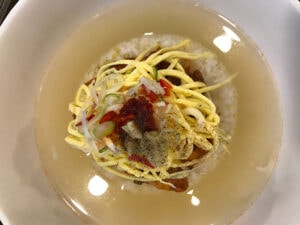
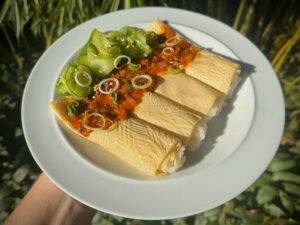
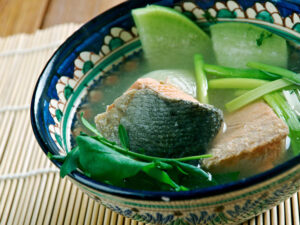
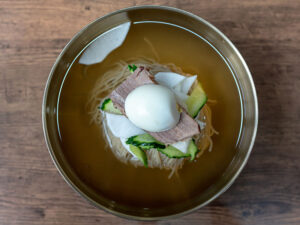
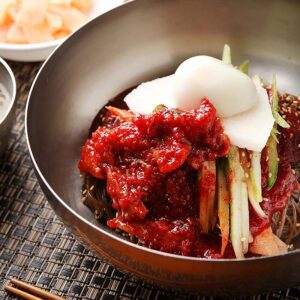
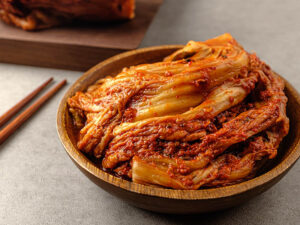
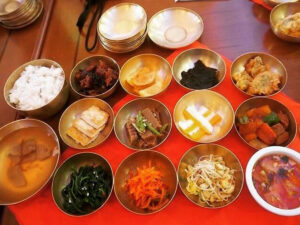
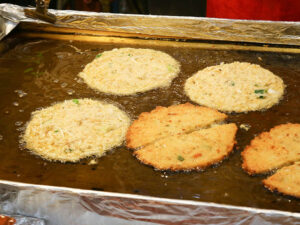
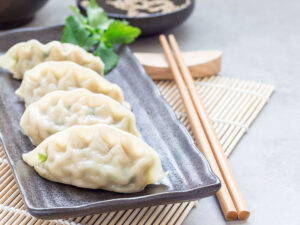
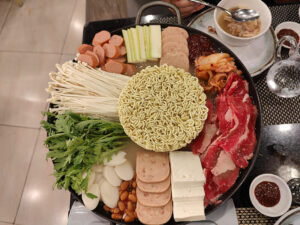
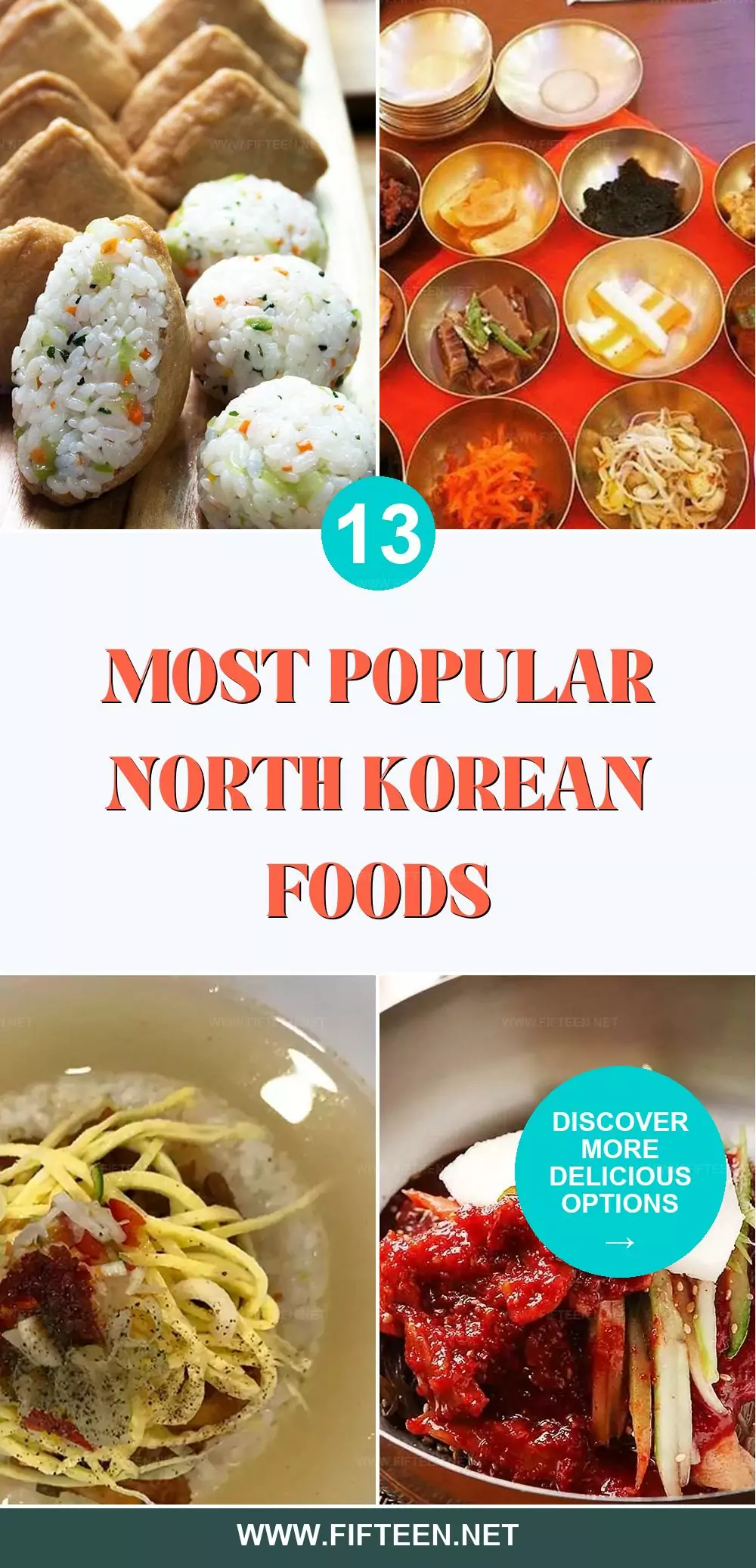
Jamie Scott
Editor in Chief, Senior Content Writer
Expertise
Home Cooking, Meal Planning, Recipe Development, Baking and Pastry, Food Editor, Cooking-video Maker, Western Food Evaluation Expert
Education
Le Cordon Bleu College of Culinary Arts
Local Community College, New York, NY
Jamie Scott is a skilled culinary expert and content creator specializing in Western cuisine. With over 15 years in the culinary field and formal training from Le Cordon Bleu, Paris, Jamie deeply understands how to blend nutrition with delicious flavors. His passion for cooking matches his commitment to making healthy eating accessible and enjoyable.
On Fifteen.net, Jamie brings a fresh perspective to classic dishes and beverages, offering readers insightful recipes, cooking tips, and a fresh view on meal planning that emphasizes taste, health, and simplicity.